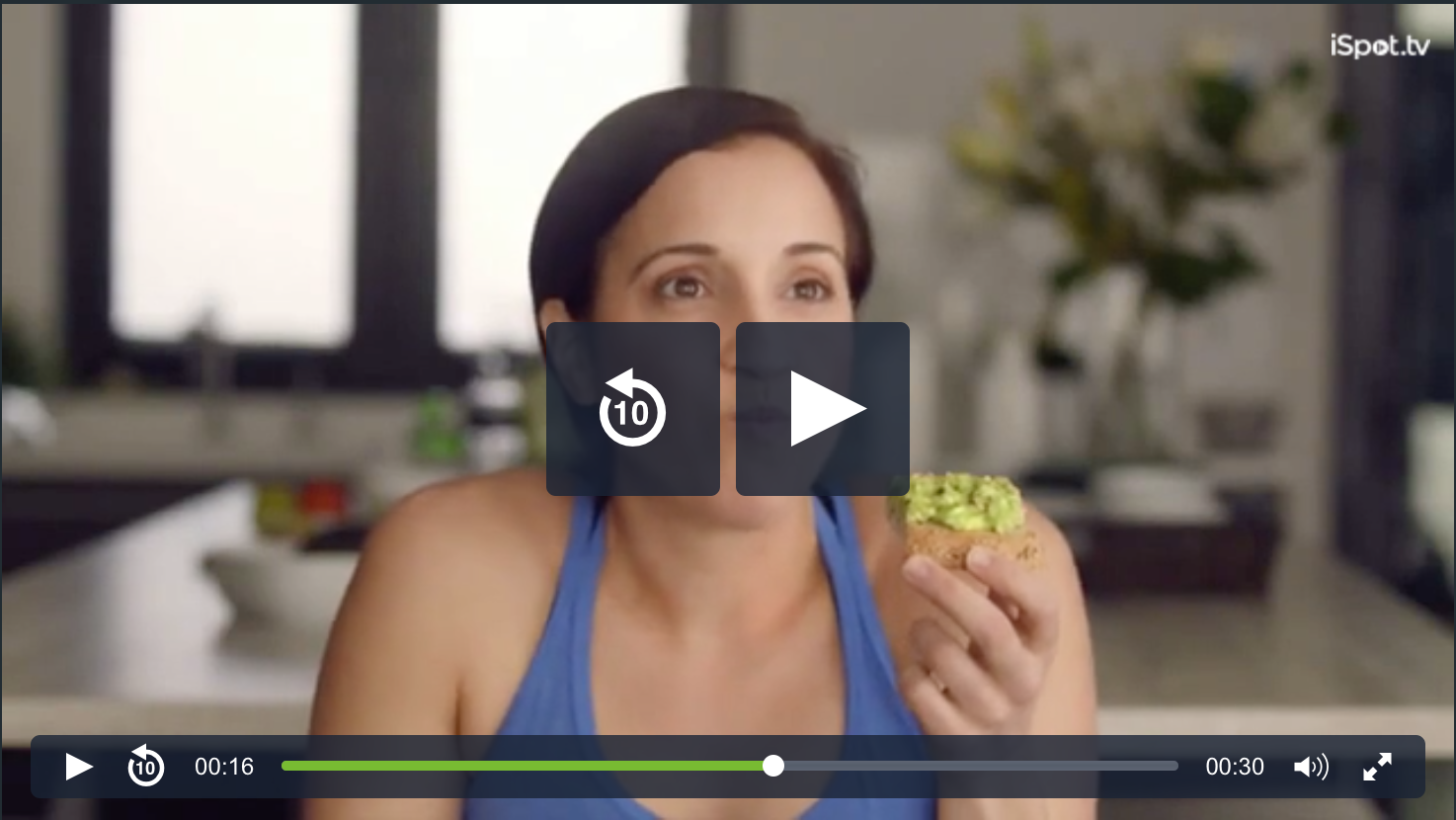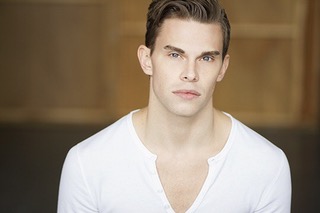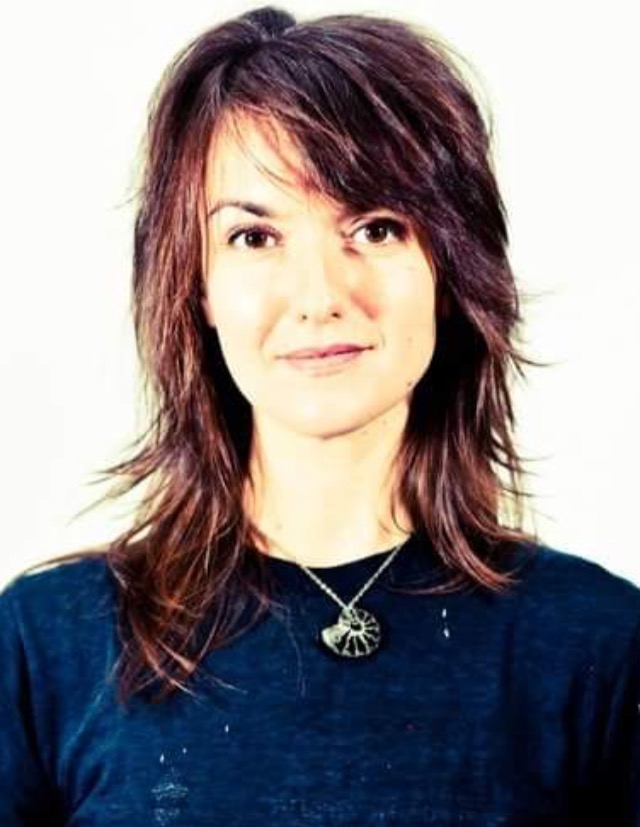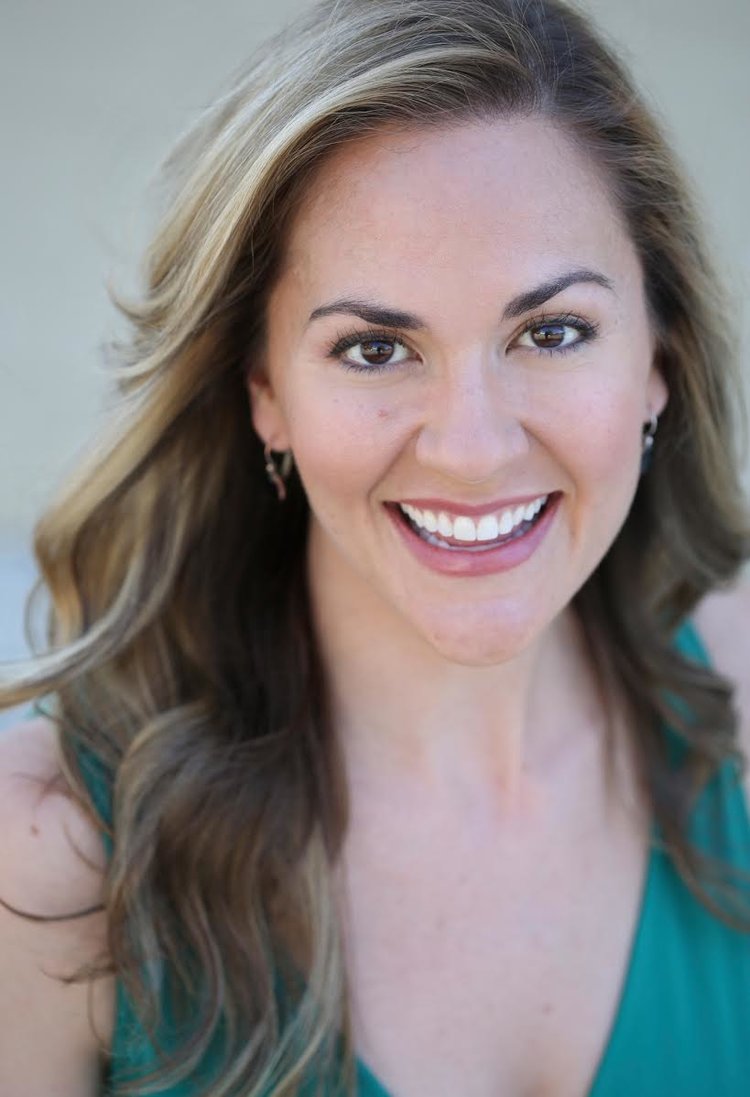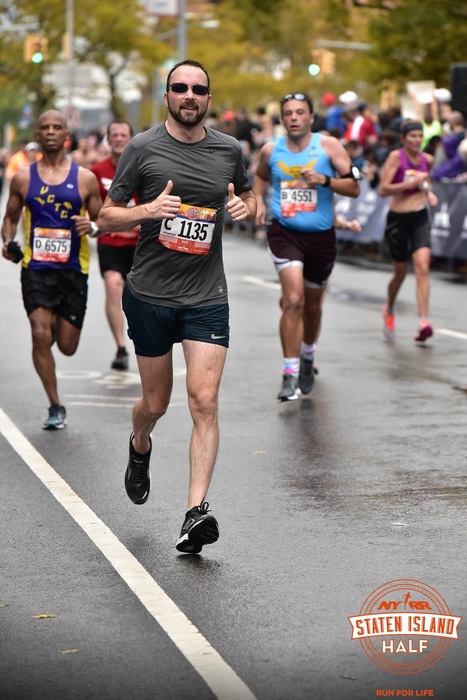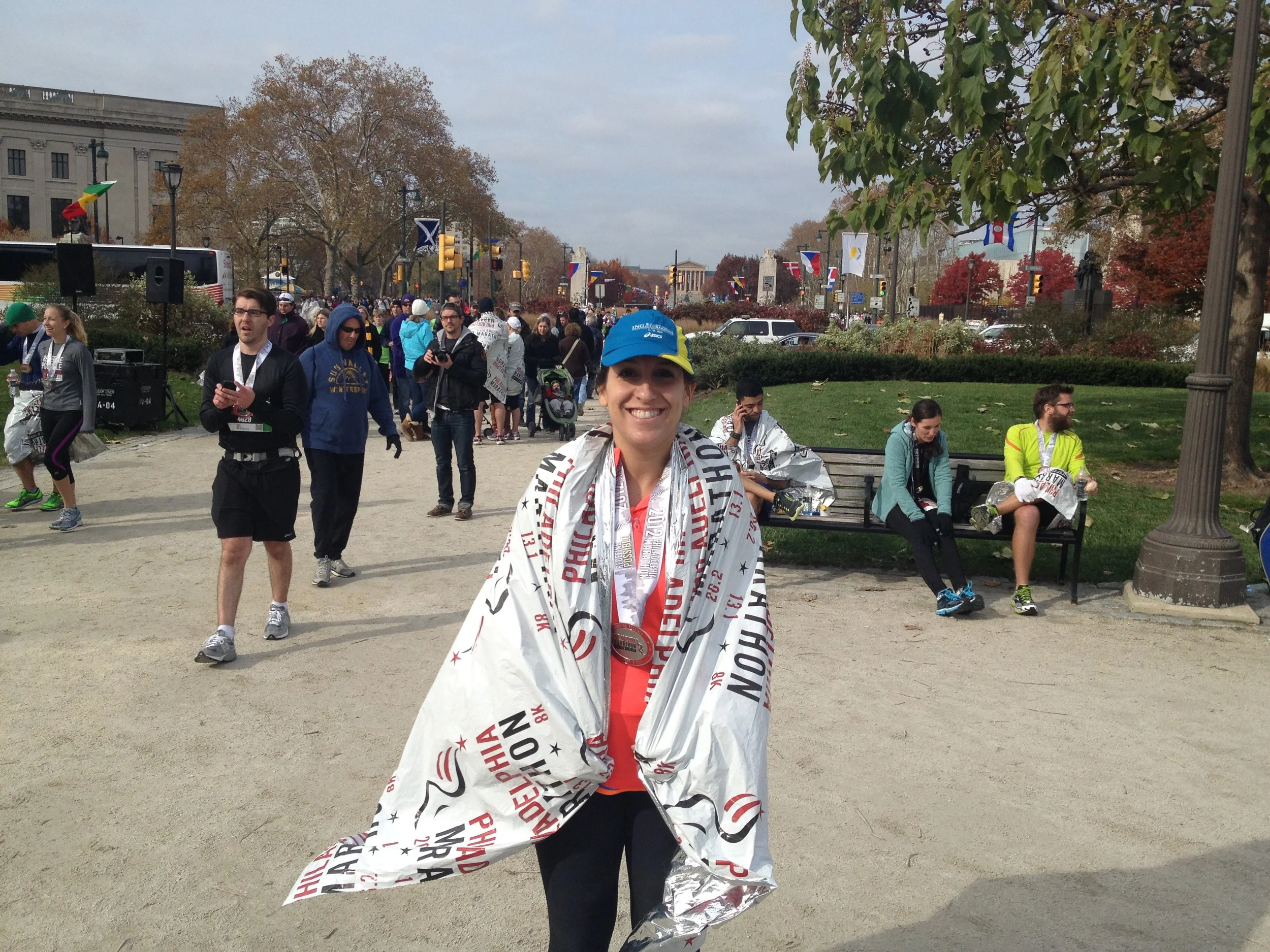Did you know that pelvic pain is most common in women who have given birth, but can also occur in men? In addition to Brittany's interview in collaboration with the Pelvic Health Summit, below you'll find our interview with chiropractor Dr. Edward Gorecki, or Eddie, on the effects of chakra-related issues in the pelvic floor.
We've also asked Kristen Sapienza, Physical Therapist and Pelvic Floor Specialist a few questions on a her experience in this field with men and women. You'll also hear from Melanie, one of our clients who came to us with intense pelvic floor pain, and see how we collaborated with her physical therapist to get her moving again.
Dr. Edward Gorecki, Chiropractor (Eddie)
. What does the root chakra deal/connect with in our bodies and life?
Feeling grounded and present with the self. Having a sense of moving forward with a natural and unrestricted flow. Family relationship /dynamics, financial challenges as well as basic needs for survival(food, water) are dealt in this chakra.
2. What type of energy/emotions can we hold in the pelvis that might cause pelvic pain or dysfunction?
If any of the above mentioned areas are not being worked or allowed space a stress to the physical and emotional body can result. Fear of not letting go of anything that is no serving our present evolvement can also aid in lower quadrant and pelvic floor issues. The root chakra is the foundation for all of the other chakras so it is so important to care for it for overall well being.
3. Do these issues vary for men/women? If so, how? In other words, are there any trends you see?
Men and Women both can have issues if they do no work on blockages in this chakra. It can be from lower back pain, digestive issues and genitourinary issues.
4. What other types of issues can cause pelvic dysfunction in men or women?
In addition to the above, Pelvic Dysfunction can be initiated by a Sacral-iliac Subluxations and pubic bone subluxation and left uncorrected can add to a myriad of issues with the Round Ligament and other pelvic floor connective tissue.
Kristin Sapienza, Physical Therapist and Pelvic Floor Specialist
1. What are most common causes of pelvic floor pain? Dysfunction? In women? In men?
Pelvic floor dysfunction is the inability to control the muscles of the pelvic floor due to a variety of ailments such as trauma, aging, or nerve damage. The pelvic floor acts as a “bowl” to support your bladder, rectum, uterus and prostate. Hence, a weakened or injured pelvic floor can affect urination, sexual intercourse, and bowel movements in both men and women.
2. What are some new things you learned from the workshop you were just in to highlight your specialty? This could be tools you are able to use that are unique to your training and/or new research on reasons for pain/dysfunction or new research on healing it.
My recent workshop focused on treating individuals with common bowel dysfunctions. A lot of these issues can greatly affect your quality of life and pelvic floor therapists can give you the tools to help manage them. I also became more efficient in treating the male pelvic floor which also suffers from a majority of these conditions, just like women.
3. How do you find Pilates to be a good transition back into exercise for someone who has been seeing your for pelvic pain/dysfunction?
Pilates is an effective method for instructing specific muscle re-training and can be helpful to a variety of different populations. Since Pilates focuses on optimal alignment and precision, it can better help a patient develop motor control of the pelvic floor. For example, it can help an individual suffering from urinary incontinence who requires strengthening the muscles of the pelvic floor. Pilates is also great for the post-natal client, specifically if they suffered Diastasis Recti from their pregnancy. It is also beneficial for those suffering from osteoporosis at any age.
4. Any interesting case studies?
To be honest, every patient I see has a unique story. Individuals who live in New York City present with different ailments and all live a unique life style. It can range from a high powered business man who has a very tense job to a Broadway actress who has to jump or dance on stage. I see a lot of new mothers trying to return to exercise or older individuals who walk all over the city or getting ready to take a big trip and don't want to have to worry about their pelvic floor dysfunction.
Melanie
1. When we starting working together (June 2016) you had been in pain for 6 months. Almost two years later can you recall how your pain manifested and say a little about how it affected you day to day?
The pain was excruciating and impacted every part of my life from sex to exercise to overall mood and energy.
2. I know the intense work that you did with your physical therapist in conjunction with our movement work helped your body to see that it could move purposefully without creating more pain - a key step in moving out of pain. Can you speak more about how you continued to move out of pain and get back to what you love doing?
I had tried everything - acupuncture, chiropractic, Pilates, massage, etc. My physical therapist ended up manipulating my pelvic floor and sacrum with internal (vaginal!) adjustments. She is a brave woman to offer this practice and I was a brave patient to try it. It worked!
I loved the practice we worked on together, in particular, the Yayuma ball. In retrospect, strengthening my pelvic floor was the exact opposite of what I needed — I needed to relax my muscles more than tighten them up further, which is typically what a Pilates practice offers. You had a compassion and relaxed approach with me which I so needed and appreciated. You were willing to think outside your standard practice for me and I appreciated it so much.
3. If this isn't already included in the above two answer can you speak to if and how you think stress played a factor in your pain?
I was under an immense amount of stress and pressure, working in an unhealthy environment. I was being mansplained for the first time in my career and I found it nothing short of... well, the best word is tough to use in this context, but the appropriate way to describe how I felt is — crippling. I had no support and mounting pressure. The worse the situation got, the worse I felt.
4. Have you had any other pelvic floor issues since?
Nope!
5. Any other things that really helped you through the process and stay on the other side of it?
After recovery, I took up a regular lacrosse ball / foam rolling practice at my local Pilates studio, which was just what my body needed to re-learn and sustain healthy muscle memory and release all of the old fascia.
